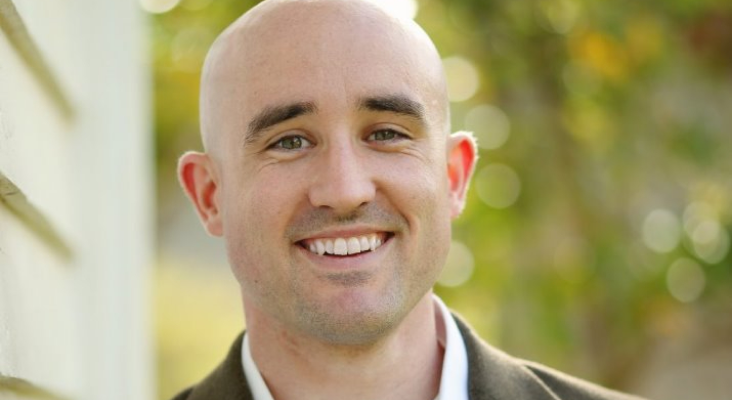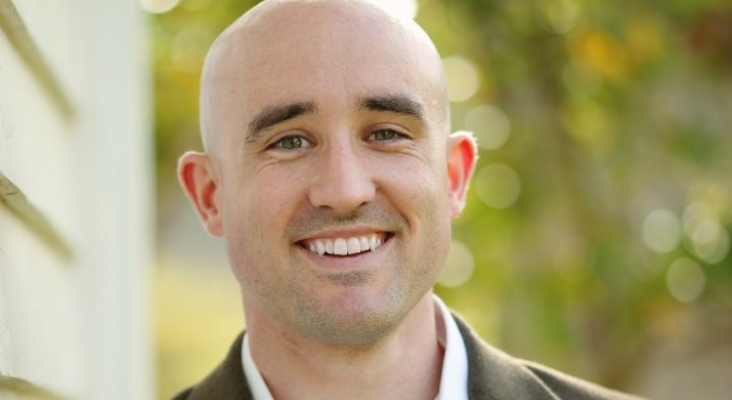I will be 72 years old on Feb. 10, 2023. I have a traditional individual retirement (IRA) account. Most of the money is tied in stocks, and the stocks this year are way down. If I sell to pay the required minimum distributions (RMDs), then I have to sell for a huge loss. How do I avoid that loss and pay for RMDs? Any strategies?
-Vinod
For some retirees, required minimum distributions are irrelevant because the retirees need to withdraw the money to cover expenses anyway. So the fact that they are required to do it is pretty much moot.
For others, which may include you, RMDs can become a real sticking point. They limit your control over your distribution schedule, tax management, investment strategy and estate plan.
If you have questions specific to retirement withdrawal strategies, a financial advisor can help.
Bear Markets and Selling at a Loss
Your particular issue isn’t hard to see. The S&P 500 is down about 17% as of late November. The specific stocks you own may be down even more than that.
One of the basic behavioral tenets of successful long-term investing is to avoid panic-selling in situations like this. If you do, it’s possible that you’ll miss out on any potential future growth and simply solidify your losses. Holding on for the long term is likely a better call.
In your case, it sounds as though you have that emotional reaction under control but feel backed into a corner by your RMD.
Timing Your First Required Minimum Distribution
As the name suggests, your RMD is required. You can’t just skip it. Otherwise, the IRS hits you with a penalty equal to 50% of the amount you should have taken but didn’t. That’s steep, so let’s certainly avoid that.
Given that this will be your first required minimum distribution, however, you do have a little bit of wiggle room regarding when you take it.
As things stand now you’ll be responsible for an RMD for 2023 – the year you turn 72 – thanks to the Setting Every Community Up for Retirement Enhancement (SECURE) Act. But you have until April 1 of the year following the year of your first required minimum distribution to physically withdraw the money from your account. For you, that would mean you could delay the distribution until April 1, 2024. That’s about a year and a half from now.
Waiting until then to complete your first withdrawal could provide enough time for you to recover your losses. But there is no guarantee. Your stocks could rebound during that time, or they may fall more, making your problem worse. It is nonetheless an option you have. Consider speaking with a financial advisor who can offer you more specific insights based on your circumstances and goals.
Distributions and Their Tax Consequences
Consider too that delaying your first RMD until April 1 of the following year doesn’t alleviate the requirement to take an RMD for that year as well. You must take each subsequent RMD after your first by Dec. 31 of the applicable year, so you’ll be required to take two RMDs that year if you do decide to delay. In other words, if you take your 2023 RMD on April 1, 2024 you still have to take 2024’s RMD by Dec. 31, 2024.
This may be a good choice for you, but you’ll want to know how it impacts your overall tax situation since you’ll have to include both distributions in your income.
Distributions In-kind
If locking in your investment losses is a primary consideration for you, and you don’t necessarily need the money from the RMD, in-kind distributions may be something to consider.
The normal treatment for handling RMDs is to sell the necessary amount of investments to raise enough cash to cover the RMD, then distribute the cash. For example, if you must withdraw $50,000 to satisfy your RMD for that year, you might sell stock currently valued at $50,000, then withdraw the $50,000 in cash.
Of course, that’s the issue, right? Stocks that are currently valued at $50,000 might have been worth more than $60,000 at the beginning of the year. If you sell now, the investment won’t get the chance to recover.
An in-kind distribution may provide a workaround. Distributing assets “in-kind” simply means that you transfer or withdraw the actual asset, rather than selling first and withdrawing cash.
This satisfies the RMD requirement but allows you to continue holding the investments. The current value of the distribution is still taxable, which is really the whole point of requiring mandatory distributions in the first place, so make sure that you either:
-
Have enough cash on hand already to cover the tax bill.
-
Sell a portion of the stocks you distribute to cover it.
If you withdraw stocks in-kind to fulfill your RMD, you need to transfer them into a taxable brokerage account. A financial advisor can help you with the process and determine an appropriate investment strategy.
You can’t roll them into another tax-deferred account and you can’t use a Roth conversion. But you can then hold the investment for as long as you’d like in a taxable account. You’ll have to pay taxes on future dividends and realized capital gains, but that may be better than locking in your loss.
Bottom Line
You’re on track to be responsible for an RMD for 2023. But you have until April 1 of the year following the year of your first required minimum distribution to actually withdraw the money from your account. An in-kind distribution may provide a workaround against locking in losses when taking RMDs.
Brandon Renfro, CFP®, is a SmartAsset financial planning columnist and answers reader questions on personal finance and tax topics. Got a question you’d like answered? Email AskAnAdvisor@smartasset.com and your question may be answered in a future column.
Please note that Brandon is not a participant in the SmartAsset AMP platform, nor is he an employee of SmartAsset, and he has been compensated for this article.
Find a Financial Advisor
-
If you have questions specific to your investing and retirement situation, a financial advisor can help. Finding a financial advisor doesn’t have to be hard. SmartAsset’s free tool matches you with up to three vetted financial advisors who serve your area, and you can interview your advisor matches at no cost to decide which one is right for you. If you’re ready to find an advisor who can help you achieve your financial goals, get started now.
-
Planning for retirement? Use SmartAsset’s Social Security calculator to get an idea of what your benefits could look like in retirement.
-
Keep an emergency fund on hand in case you run into unexpected expenses. An emergency fund should be liquid — in an account that isn’t at risk of significant fluctuation like the stock market. The tradeoff is that the value of liquid cash can be eroded by inflation. But a high-interest account allows you to earn compound interest. Compare savings accounts from these banks.
-
Are you a financial advisor looking to grow your business? SmartAsset AMP helps advisors connect with leads and offers marketing automation solutions so you can spend more time making conversions. Learn more about SmartAsset AMP.
Photo credit: ©iStock.com/Extreme Media
The post Ask an Advisor: When Taking RMDs, How Do I Avoid Locking in Losses? I’ll Be 72 Years Old Soon, and My Stocks Are ‘Way Down’ This Year appeared first on SmartAsset Blog.
EMEA Tribune is not involved in this news article, it is taken from our partners and or from the News Agencies. Copyright and Credit go to the News Agencies, email news@emeatribune.com Follow our WhatsApp verified Channel





